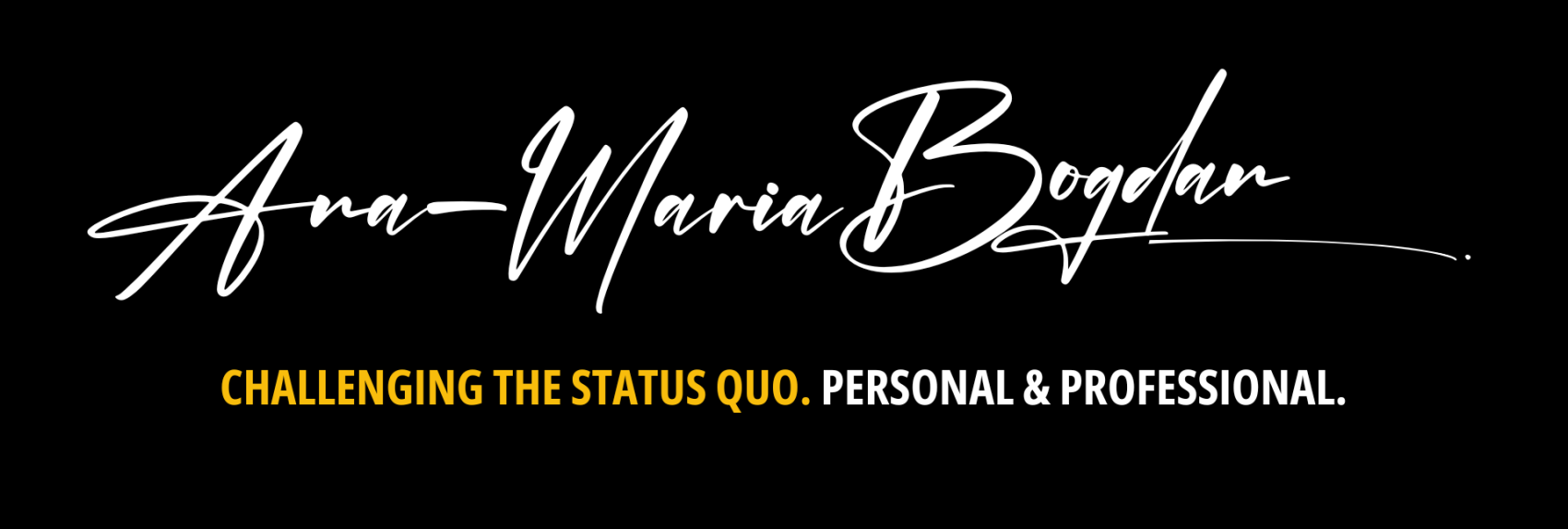It took over a year for a team of engineers at Reloc-Electroputere VFU Craiova to build the first the first locomotive in Romanian running exclusively on pure biodiesel (B100) or …
Tag:
Romanians
-
-
In case anyone doubted, Romania does have talent! And it’s not all about great developers or musicians; it is also about high-school students from various regions of the country winning 22 …


